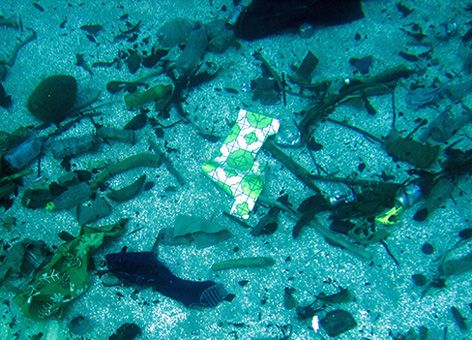Taking a Closer Look at Marine Debris in Your Backyard
MAY 30, 2013 -- Check out NOAA's Marine Debris Blog for their ongoing series, Marine Debris in Your Backyard, which examines the unique challenges of marine debris and its impacts on various parts of the United States. Join them as they "journey across the nation, looking at the nine different regions the NOAA Marine Debris Program spans and the most common types of debris found in them, and how it may have ended up there." So far, they have visited the following places:
- Alaska, where remote beaches, rough seas, and limited fair weather mean volunteers have only a few months each year to remove anywhere from one to 25 tons of debris per mile of shoreline.
- Great Lakes, where 21 percent of the world's surface fresh water resides, discarded fishing lines often entangle wildlife, and rumors of a plastic-filled "garbage patch" are beginning to appear.
- Pacific Islands, where Hawaii, Guam, American Samoa, the Commonwealth of the Northern Mariana Islands, and a whole lot of open ocean make up the largest region NOAA supports, but where there is so little space for landfills that NOAA helped establish a public-private partnership in Hawaii to turn abandoned fishing gear into a local electricity source.
- California, where its 1,100 miles of shoreline vary from coastal mountains in the north to well-populated, sandy beaches in the south, and where the nation's first "Trash Policy" will attempt to control the flow of garbage in California's waterways.
Stay tuned as they continue working their way around the shores of the United States, and ask yourself, what does marine debris look like where you live? How do you help keep it out of the ocean? And remember, even if you live hundreds of miles from a beach, a piece of litter such as a cigarette butt (which actually contains plastic) or a plastic bag can still make its way through storm drains and rivers to the ocean. This makes marine debris, no matter where you live, truly everyone's problem.
 An official website of the United States government.
An official website of the United States government. 
